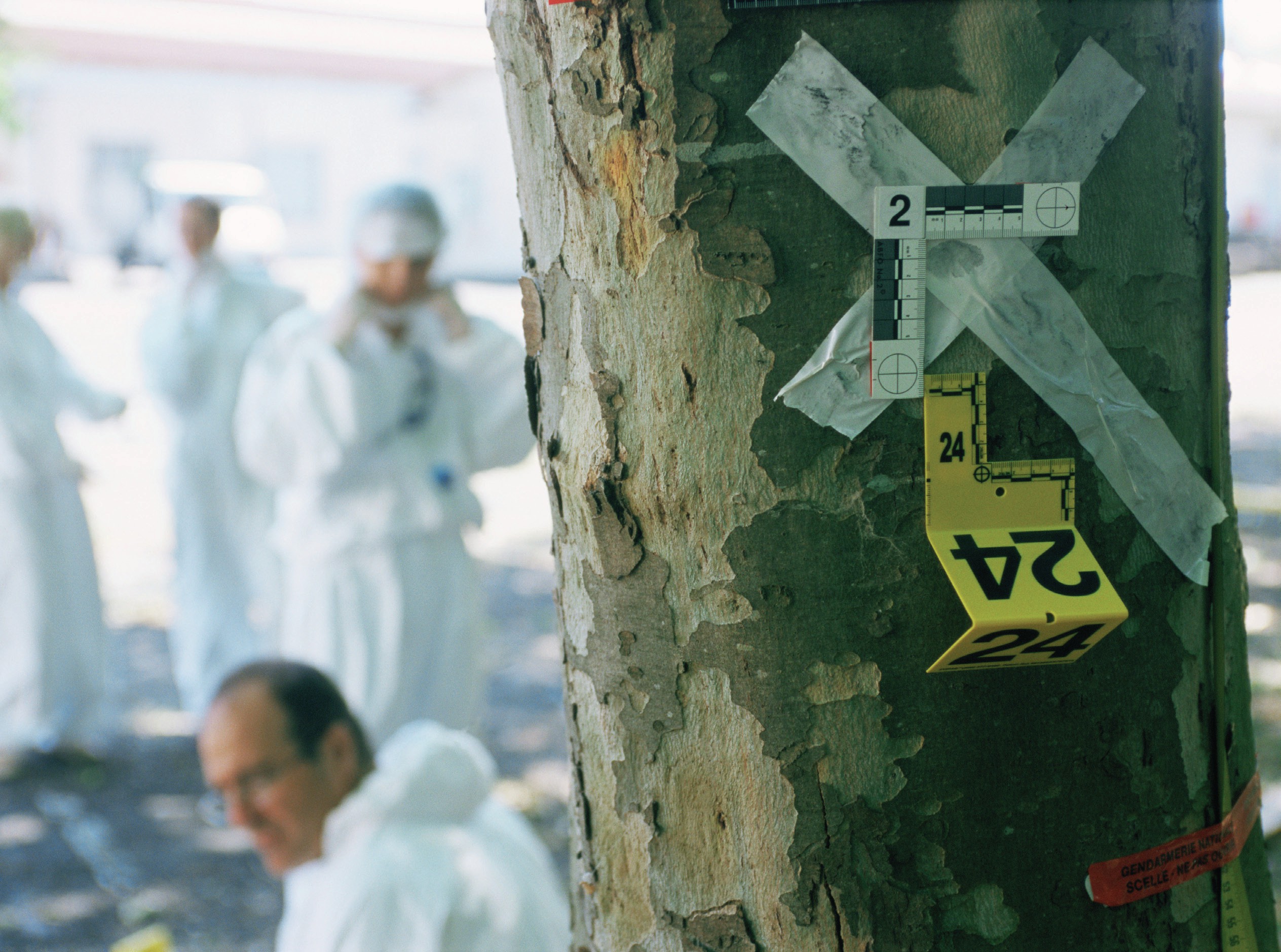
The terms in bold link to topics in the AQA, Edexcel, OCR, WJEC and CCEA A-level specifications, as well as the IB, Pre-U and SQA exam specifications.
Forensic scientists use optical microscopy to examine evidence. The size of particles seen is limited by the resolution of the instrument. Electron microscopes are used to see finer detail due to the smaller de Broglie wavelength of the electron, while X-rays are used in analysis.
Your organisation does not have access to this article.
Sign up today to give your students the edge they need to achieve their best grades with subject expertise
Subscribe




